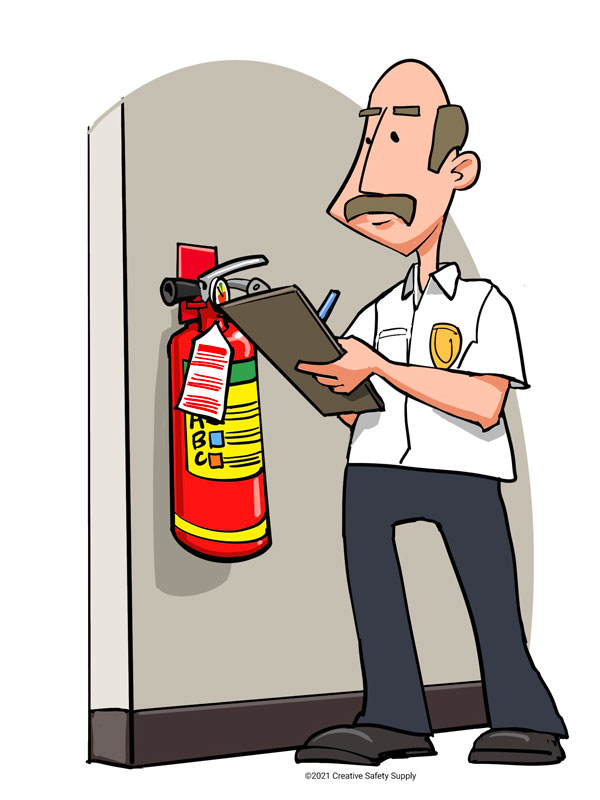Sydney businesses need to ensure they are protected from fires. This isn’t only to comply with the law, but also to protect their employees, customers, and even their property. Fires can result in devastating losses in minutes, but most of these risks are reduced or avoided with the proper safety measures implemented. The combination of fire inspections, electrical system testing and tagging and the compliance with CFSP guidelines all contribute to creating a safer work environment and ensuring that companies are in compliance with the Building Code of Australia and local council standards.
The importance of fire inspections for safety
The first line of defense are fire inspections. These inspections ensure that all components of the fire protection system in the building are in good working order and up-to-date. In Sydney, businesses must conduct inspections every six months, or every year, in accordance with the building’s type and local council regulations. The inspections usually cover everything from fire alarms and sprinkler systems to smoke alarms, hydrants, extinguishers, emergency lighting and more.

What makes inspections crucial is their ability to spot concealed issues before they turn risky. A small fault on a fire hydrant, or the blocked smoke detector could appear minor at first, but in an emergency, these faults could cost lives. Business owners who regularly inspect their fire hydrants are fulfilling their legal requirements and protecting themselves against unforeseen tragedies.
Potential electrical hazards that are hidden can be eliminated by testing and the use of tags
Electrical systems are a leading cause of workplace fires. This is the reason that testing and labeling should be an essential part of any plan for fire safety. This procedure involves checking the electrical equipment to make sure it’s safe, functional, and compliant, after which you attach a clear label that demonstrates the item is in good condition and has passed the test. This is a rule that’s often not straightforward to meet. In many businesses it’s an effective way of avoiding potential risks.
If left unchecked outdated wiring, faulty appliances, or worn out cables can become fire hazards. Businesses can lower the risk of fires by regularly testing and marking electrical equipment. Also, it assures employees that their working environment is secure, thereby fostering confidence and trust within the workplace. Together with fire inspections and testing, this complete safety program reduces the risk from multiple perspectives.
The function of CFSP to ensure compliance and Certification
Only a Competent Fire Safety Professional (CFSP), located in New South Wales, can confirm and sign crucial documents for fire safety such as Annual Fire Safety Statements. The introduction of CFSP accreditation has raised the standard of fire safety, ensuring that only professionals with the appropriate qualifications evaluate and verify security measures. For business owners, working with a CFSP means that reports and inspections are not just routine paperwork but actual evaluations that are conducted by professionals.
The role of a CFSP extends far beyond ticking boxes. These experts evaluate the performance and state of fire protection systems and present comprehensive report. They also verify compliance with regulatory requirements. Companies that don’t have CFSP certification risk being punished, if they are found guilty of a crime or even being shut down if they are deemed to be insufficient with fire protection. Utilizing experts who are certified will ensure that the fire safety systems are maintained properly, and that all compliance requirements are met.
Fire Safety is a Constant Commitment
Fire safety is not only a once-in-a-lifetime requirement, but rather an ongoing responsibility for each business owner. Regular inspections and examination of electrical systems and a valid certification under CFSP supervision create a cycle of safety that never stops. This is not just legal, it also creates a safer environment in the workplace. Employees can rest assured that evacuation plans have been formulated Smoke detectors are operational and emergency lighting has been tested, and the fire protection system is ready to use.
Fire safety is a continuous procedure, not a box that businesses have to tick each year. This decreases risks and strengthens the reputation of a company. In an environment that prioritizes security, clients and customers will be more relaxed. In the long term, investing in early in fire prevention can save costs by preventing costly damage, fines and legal battles.
Conclusion
Safety in the event of fire in Sydney requires a multi-layered approach which includes fire inspections, testing and tagging, and professional certification by an CFSP. Each component plays an important function in ensuring that businesses comply to regulations and, most important, it ensures that properties and individuals are secured. Companies that place safety as an integral part of their business and not just an added note will comply with their legal obligations and create a more stable, safe environment.